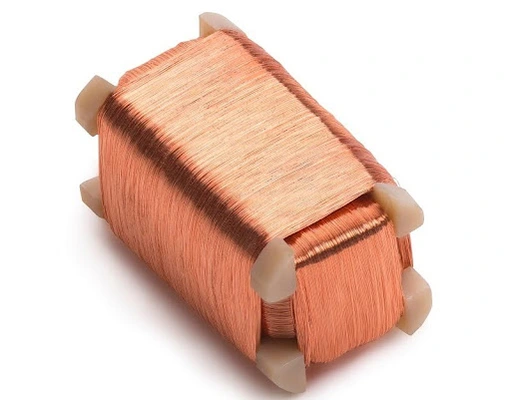In the fast-paced, ever-changing electronics industry, accuracy and miniaturization are more important than ever. As 2024 approaches, demand for smaller, more powerful, and finely built electronics drives industrial innovation. Micro soldering is essential for tiny electronic component installation and maintenance. This detailed study examines micro soldering in 2024, its uses, problems, and disruptive influence on the electronics industry.
Electronics Evolution and Micro Soldering
1. Dimensional Reduction and Miniaturization:
The consumer electronics industry has relentlessly pursued miniaturization. Smartphones, wearables, medical devices, and other electronics are becoming smaller and faster. Device components must shrink with their sizes. In this case, micro soldering is needed to precisely assemble and connect tiny electrical components.
2. Wearable and IoT Technology Advances:
IoT and wearable tech are major topics in 2024. Electronic components must be small and energy-efficient for these technologies. The usefulness and form factor of sensors, processors, and communication modules are enhanced via micro soldering, which creates precise connections.
3. The Rise of Edge Computing:
Edge computing, which processes data locally instead of using cloud servers, is gaining popularity. This transition requires edge computing components that are smaller and more efficient. Micro soldring is essential for creating these small yet powerful computer systems for on-site data processing and analysis.
4. 5G Technology:
5G technology promises quicker and more dependable wireless connection. Electronic gadgets must have sophisticated communication modules when 5G networks are built. The sophisticated circuitry of 5G-enabled gadgets requires micro soldering to integrate high-frequency components.
Micro Soldering Benefits
1. Precision, accuracy:
Precision and accuracy in electronic component assembly are micro soldering’s main benefits. Miniaturization requires accurate soldering in tight locations like never before. Micro soldering creates delicate connections with sub-micron precision.
2. Miniature Design Reliability:
Micro enables reliable connections in electronic systems. As electronic devices shrink, good solder junctions become crucial. Precision micro soldring extends the life and performance of small electronic components.
3. Minimized Thermal effect:
Controlled heat in micro soldering reduces the thermal effect on neighboring components. Heat may destroy sensitive components like microchips and sensors in contemporary devices, making this critical. Micro soldring creates strong bonding without damaging neighboring components.
4. Versatility in Component Sizes:
Micro soldring applies to a broad variety of component sizes. Micro soldring methods may be tailored to various electronic assemblies, whether soldring small surface mount devices or somewhat larger through-hole components.
5. Material Compatibility:
Micro soldering works with many solder and substrate materials, including metals and alloys. This adaptability lets producers choose materials that meet electronic device performance and environmental circumstances.
6. Advanced Equipment Improves Control:
High-precision soldering irons and microscopes improve control over the soldering process. Operating microscopic components requires this degree of control to establish consistent and reliable solder connections.
The Future of Micro Soldering
Micro soldering will see numerous trends as technology advances:
1. Use of robots and automation
The use of sophisticated robots and automation in micro soldring procedures is projected to grow. Machine learning-based automated systems may improve micro soldring speed, accuracy, and repeatability, eliminating manual labor.
2. Soldering Material Innovations:
Research aims to produce new materials with enhanced performance, dependability, and sustainability. Lead-free solder compositions change to fulfill regulatory standards and address environmental issues.
3. Downsizing hurdles:
As downsizing continues, microsoldering will encounter new hurdles in obtaining sub-micron accuracy and solde-ring smaller components. Equipment design and process optimization innovations are need to overcome these obstacles.
4. Integration with Industry 4.0:
Micro soldering techniques are expected to be integrated into Industry 4.0. In smart manufacturing, networking, data analytics, and real-time monitoring improve micro efficiency and reliability.
Conclusion
Micro soldering is essential in electronics in 2024 and beyond. Microsoldering is essential to electronic component assembly and maintenance because of the constant need for smaller, more powerful devices and advances in 5G, IoT, and wearables. Micro soldring is essential to contemporary electronics due to its accuracy, dependability, and adaptability. As hurdles are overcome and breakthroughs emerge, micro-soldring will lead the way in creating tiny, high-performance electronic devices.
